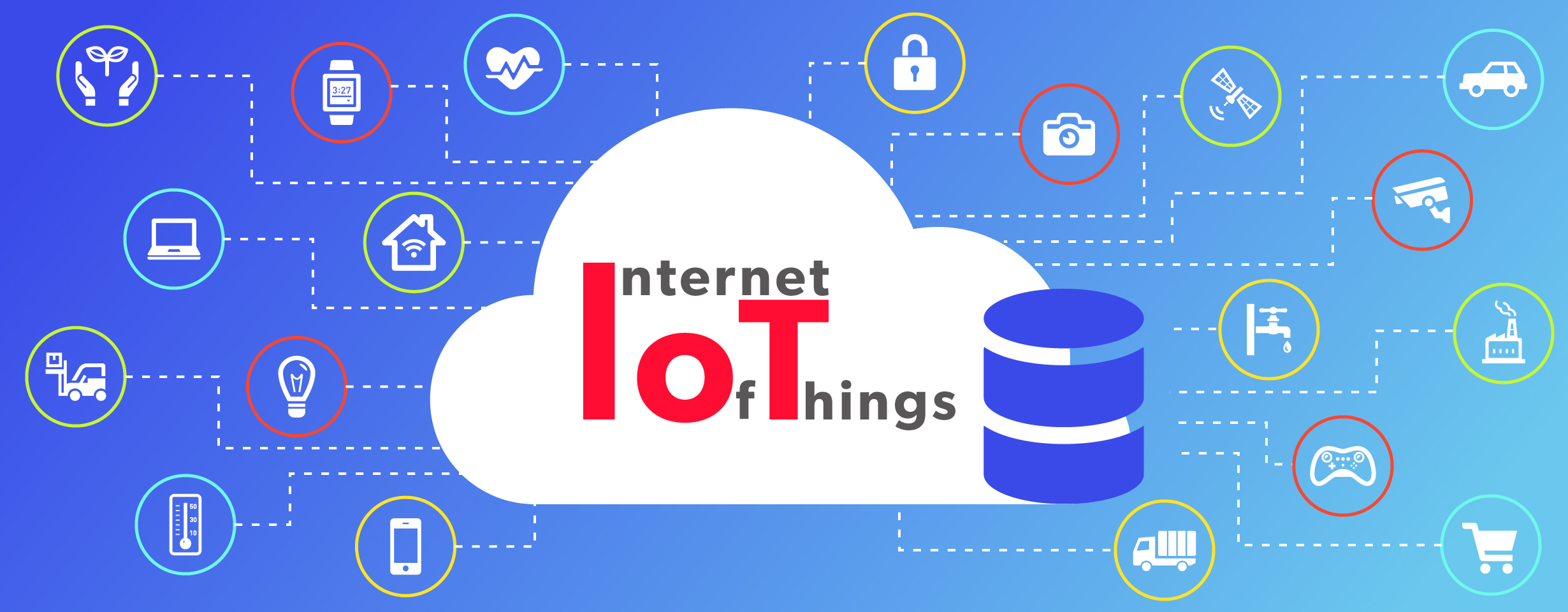Research and Development of Ultra Low Power Sensor Nodes for IoT
What is IoT
IoT (Internet of Things) is a mechanism to connect to the Internet and communicate with not only information and communication devices such as smart phones and computers, sensors are attached to various items, which have a communication function.
What can I do with IoT
Sensors with wireless functions and simple data processing capability are called “sensor nodes”. This sensor node gathers all information in the real world, aggregates data through the Internet and analyzes it on the cloud. We will control and optimize devices and services in real society according to the analysis result.
Various applications can be done if the information of the space around us can be known by the sensor node. Even just citing, there are wearable devices · smart city · smart factory · smart agriculture · smart house · structure health monitoring · inventory management optimization system · automatic driving system etc. It is expected that the sensor nodes for IoT will be deployed in a wide range of fields.
For example, wearable devices measure body temperature, heart rate, calorie consumption, quality of sleep and so on. We will analyze these information in a complex manner and improve lifestyle habits and disease prevention.
If applied to car-to-car communication, road-to-car communication, etc., it can help to realize the ITS society. If you install a sensor on the road and make it into a network, you can develop a traffic survey system when you need it, so you can implement fine road administration.
In smart agriculture, remote control can be performed by optimizing the amount of water sprinkled from information of soil moisture content, weather and other information. This will reduce the burden on farmers and improve productivity.
Issues of IoT
In order to realize the IoT society, which is a large-scale data collection system, it is necessary to build a mechanism that dramatically increasing data obtained by sensing ensures security and efficiently collects and analyzes it through the Internet and feeds it back to real society in a timely and appropriate manner.
However, the sensor node, which is a data collection system terminal currently on the market, consumes a large amount of power, and frequent battery replacement work is required in the case of non-power supply, which is an obstacle to the widespread use of large-scale data collection systems.
To briefly describe the problem of IoT is “How to shorten the average power consumption of the sensor node, how to make the system longer lasting and reliable?” Of course, it is necessary to reduce the power consumption of hardware such as sensors and microcomputers themselves, but it is also necessary to devise protocols to reduce unnecessary communication.
In addition, advanced power management by intelligent adaptive control and operation scheduling of each circuit block will develop technology for reducing power consumption in the entire sensor node.
Research contents
In order to solve the above problem, we mainly conduct the following two research.
Horizontal cooperation method for environmental power generation and sensing for IoT sensors
In IoT applications where a large number of sensor nodes are placed, battery replacement is a major issue. If electric power to be supplied to the sensor node is obtained from an energy harvester (environmental power generation) such as vibration, light, heat, and radio wave, instead of a battery, the sensor node keeps operating theoretically semi-permanently. However, the power from the energy harvester is not large. Therefore, in this research, by coordinating energy harvester technology and sensing technology, we realize a sensor system that operates semi-permanently with parasitic power.
Network cooperative data compression and reduction method for IoT sensor
At the sensor node, the wireless communication circuit consumes large power. Therefore, when transmitting the data acquired by the sensor node to the base station (server), compress the data. This reduces the power consumption consumed during transmission.
In this research, in addition to simply compressing data at the sensor node, by optimizing the parameters used at the time of compression, the base station and the sensor node cooperate with each other over the network, thereby realizing lower power consumption by further reducing the operating time of the communication circuit.
